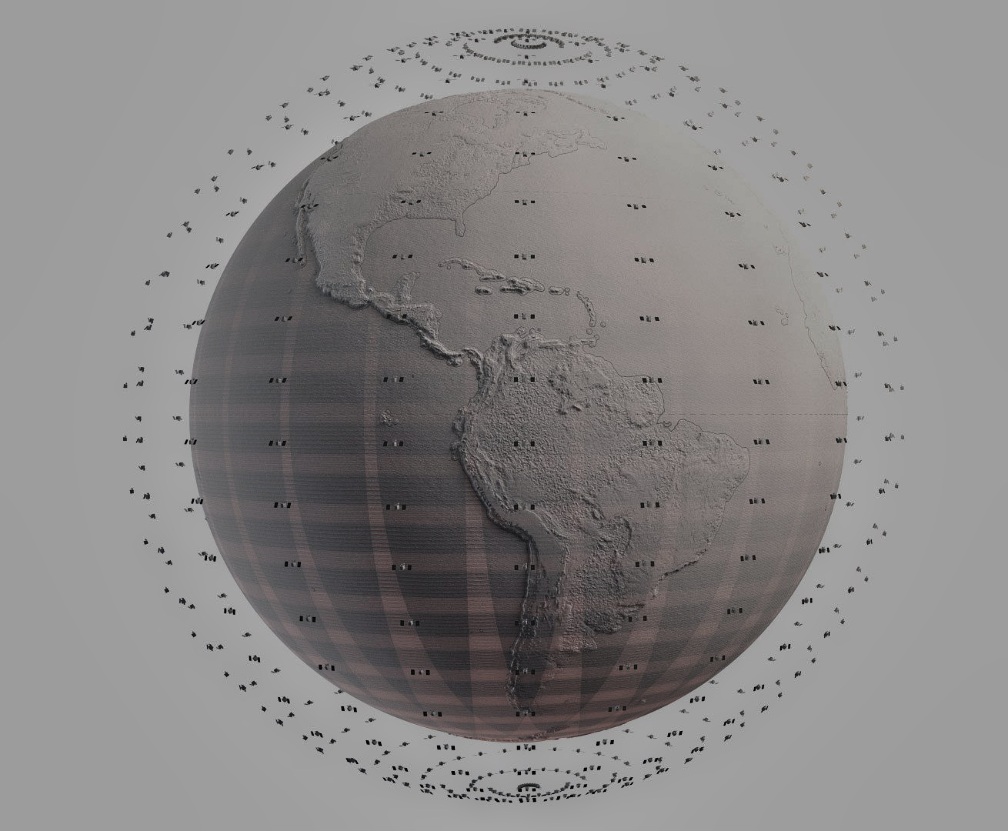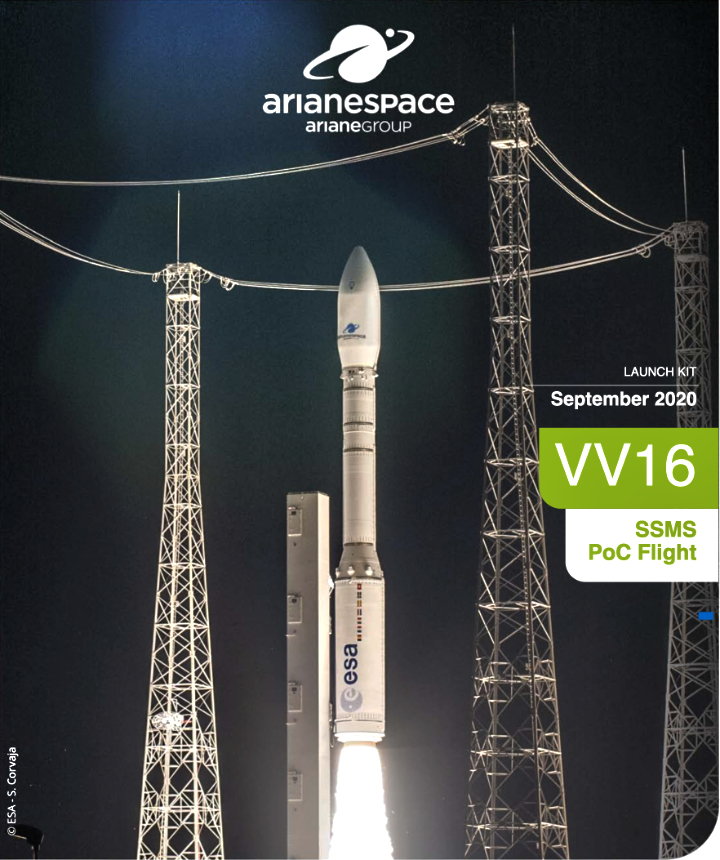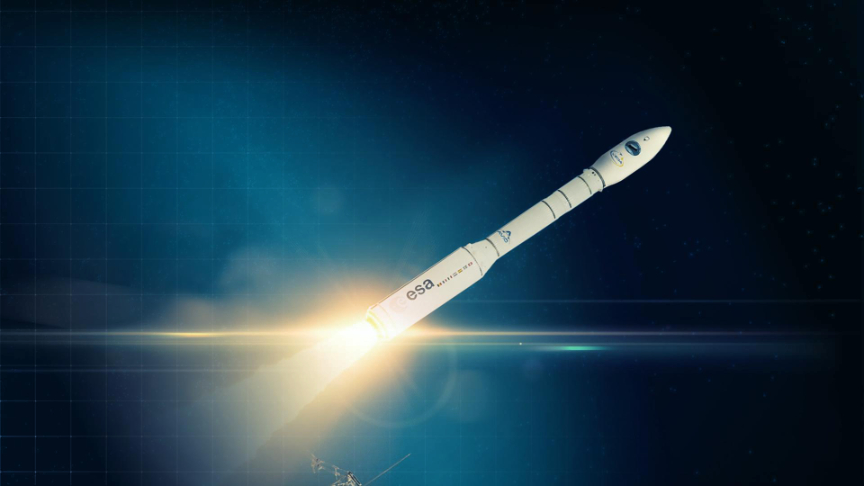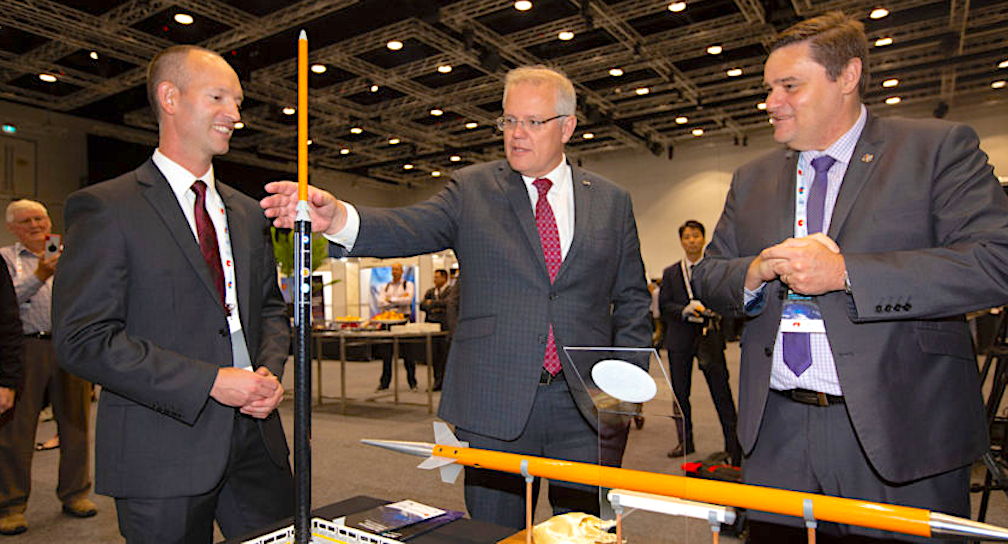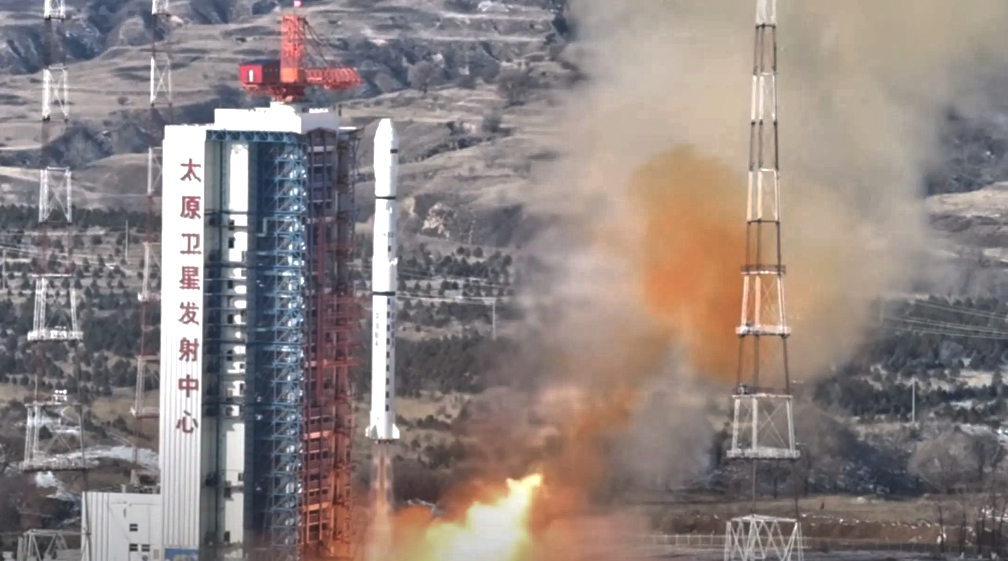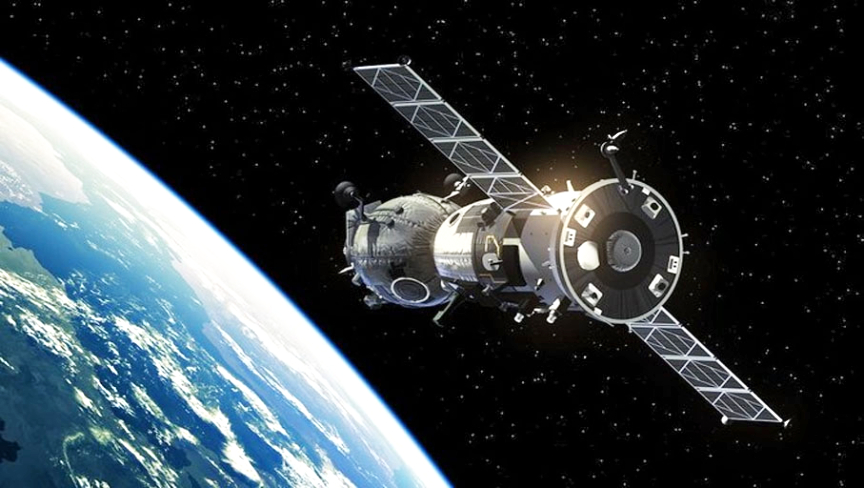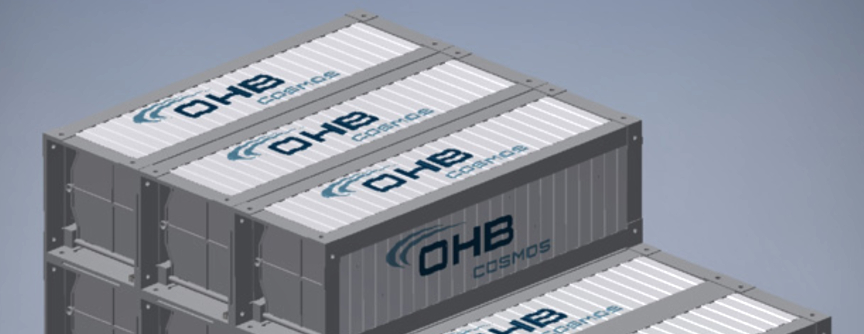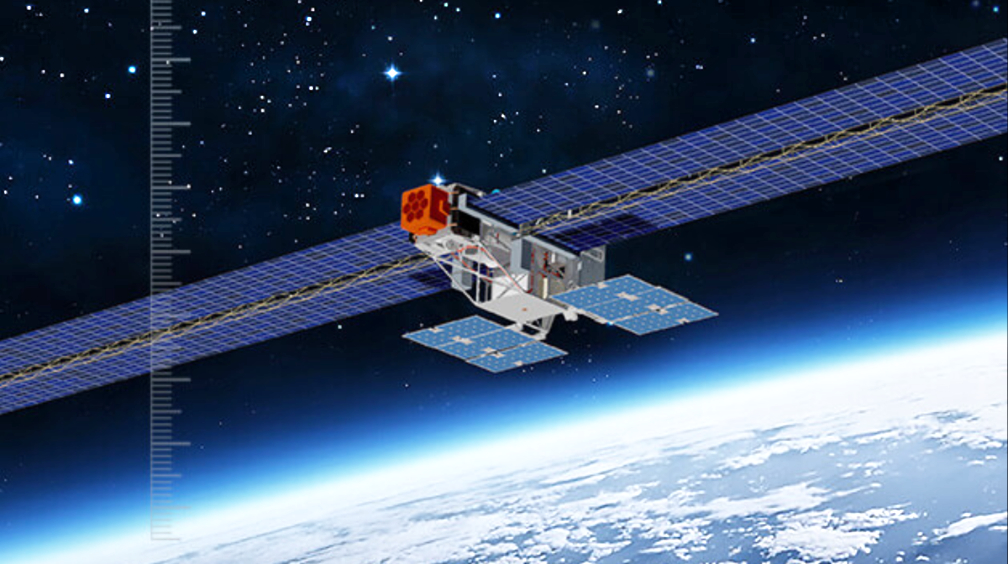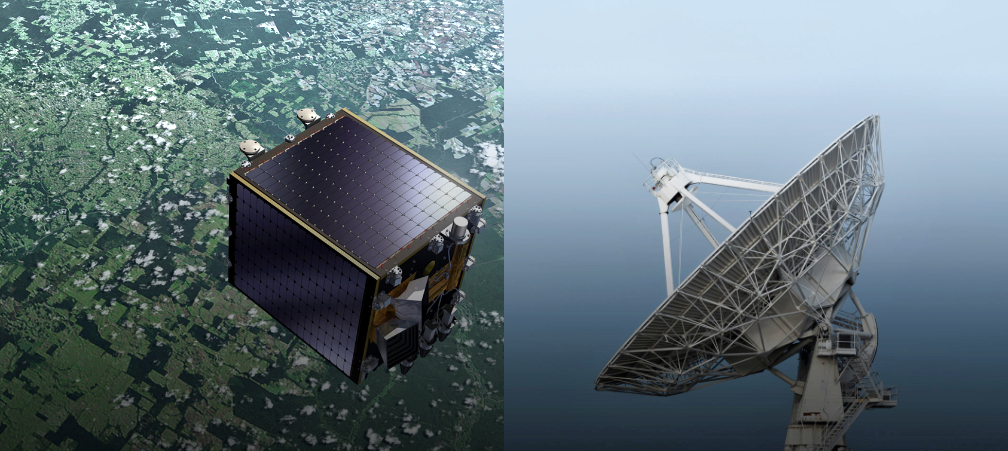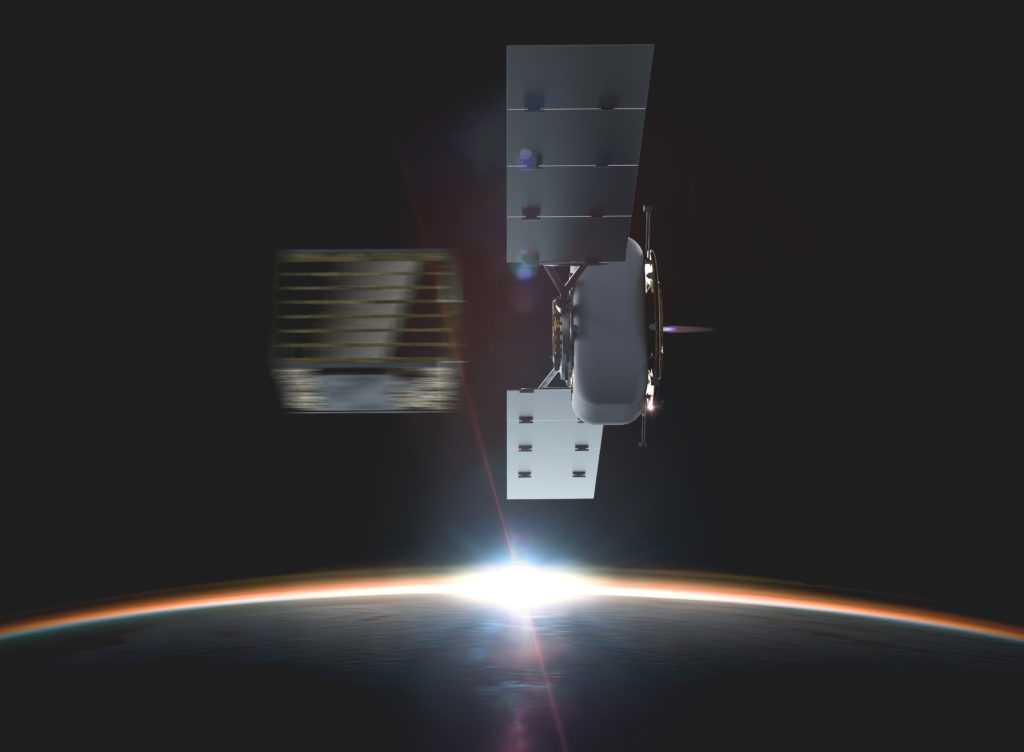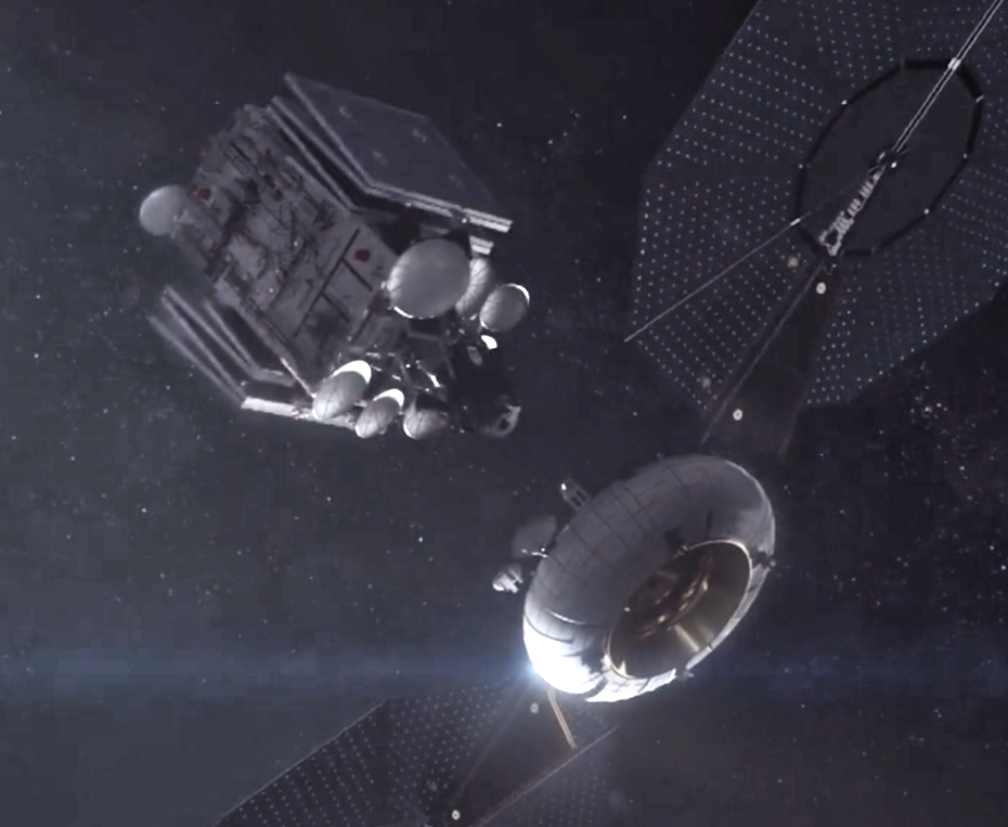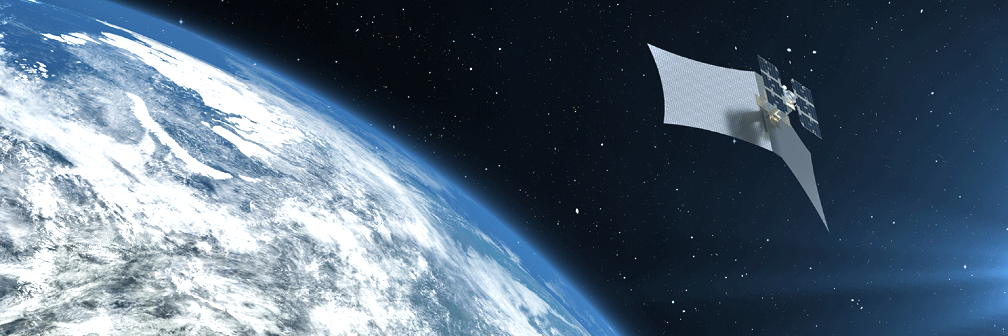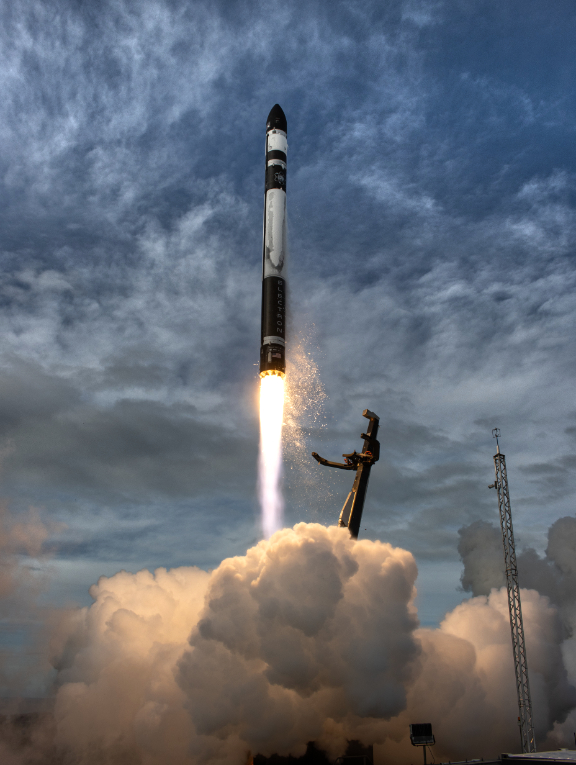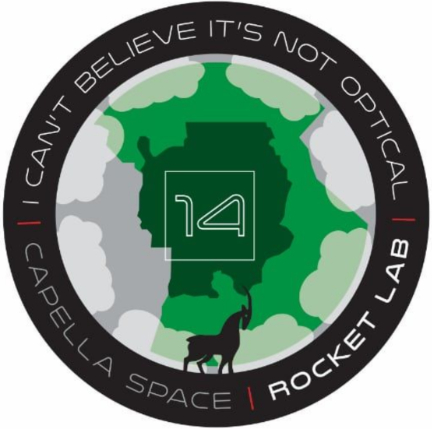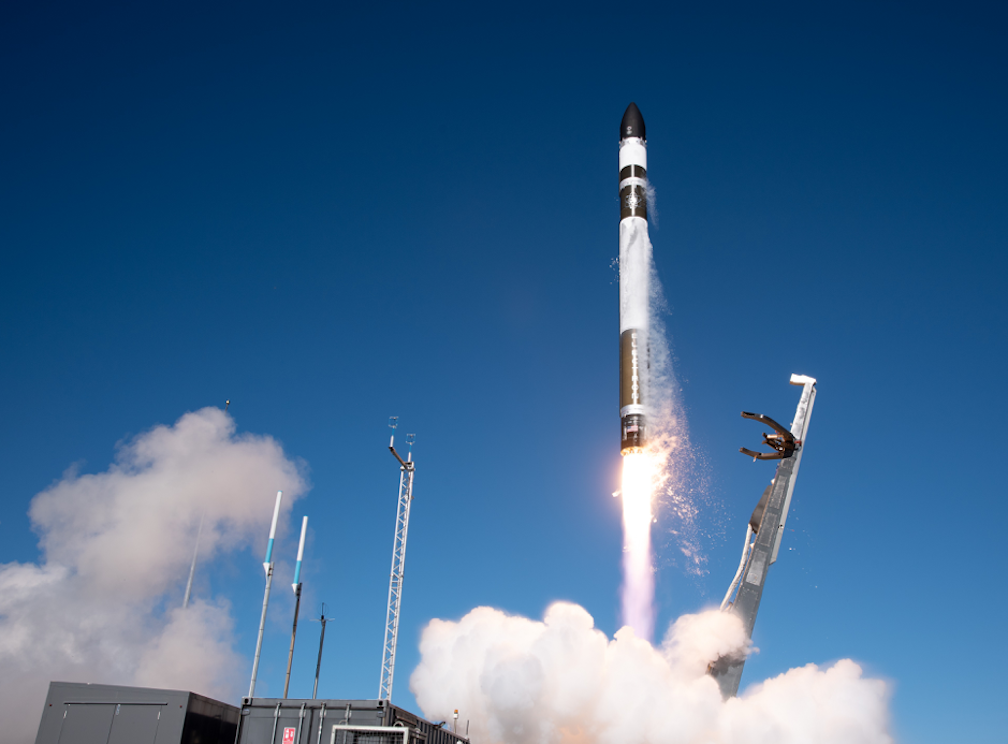
New Zealand is celebrating the successful Rocket Lab launch of its 14th Electron mission that deployed a single microsatellite for Capella Space. The mission was Rocket Lab’s fourth this year and brings the company’s total number of satellites deployed to 54.
The ‘I Can’t Believe It’s Not Optical’ mission launched from Rocket Lab Launch Complex 1 on New Zealand’s Māhia Peninsula at 03:05 UTC, 31 August 2020. Electron successfully deployed a single microsatellite to a circular orbit at approximately 500 km for Capella Space.
Capella’s 100kg class Sequoia payload is the first synthetic aperture radar (SAR) satellite to deliver publicly available data from a mid-inclination orbit over the U.S., Middle East, Korea, Japan, Europe, South East Asia, and Africa, and is powered by technology that can detect sub-0.5 meter changes to the Earth’s surface from space.
As the first publicly available satellite in orbit as part of Capella Space’s constellation, Sequoia will provide insights and data that can be used for security, agricultural and infrastructure monitoring, as well as disaster response and recovery. Today’s dedicated mission for Capella Space also marks the successful return to flight for the Electron launch vehicle fewer than 9 weeks since the company experienced an anomaly on July 4th during its 13th launch.
Rocket Lab founder and CEO, Peter Beck, said, “Congratulations to the Capella Space team in this first step to building out a new constellation to provide important Earth observation data on-demand. Electron is the ideal launch vehicle for missions like this one, where the success of a foundational deployment relies heavily on a high level of control over orbit and schedule. I’m also immensely proud of the team, their hard work, and dedication in returning Electron to the pad safely and quickly as we get back to frequent launches with an even more reliable launch vehicle for our small satellite customers.”
Rocket Lab has monthly launches scheduled for the remainder of 2020, including Rocket Lab’s first attempt to recover an Electron first stage after launch. The first recovery mission is slated for Rocket Lab’s 17th launch, scheduled for lift-off in Q4. Details about the customer and launch window for Rocket Lab’s next Electron launch will be released shortly.

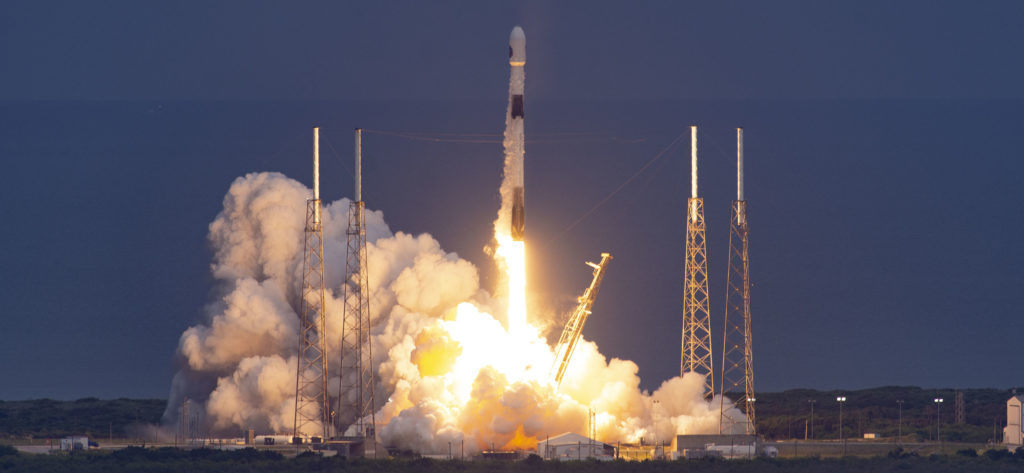
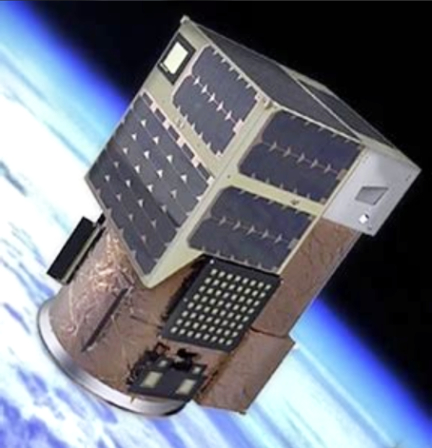
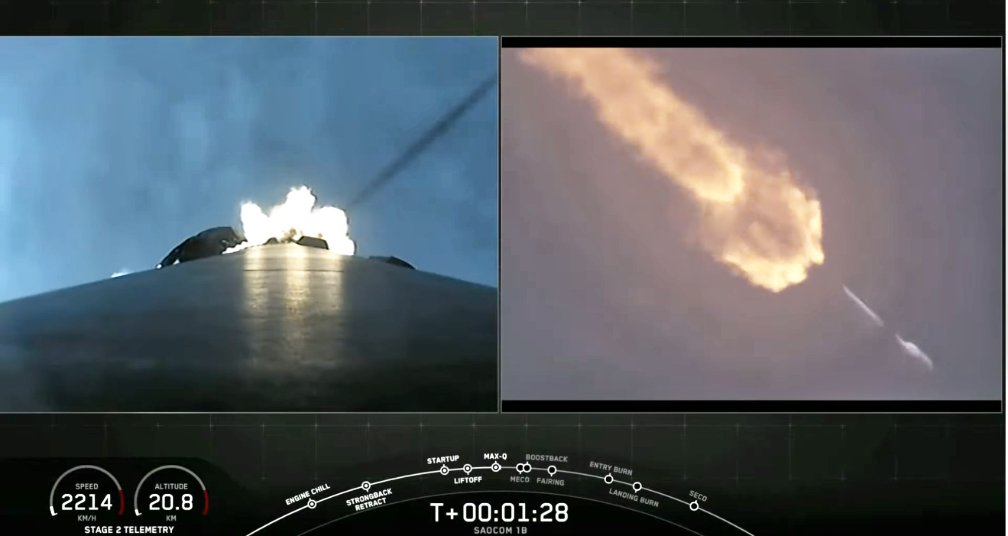
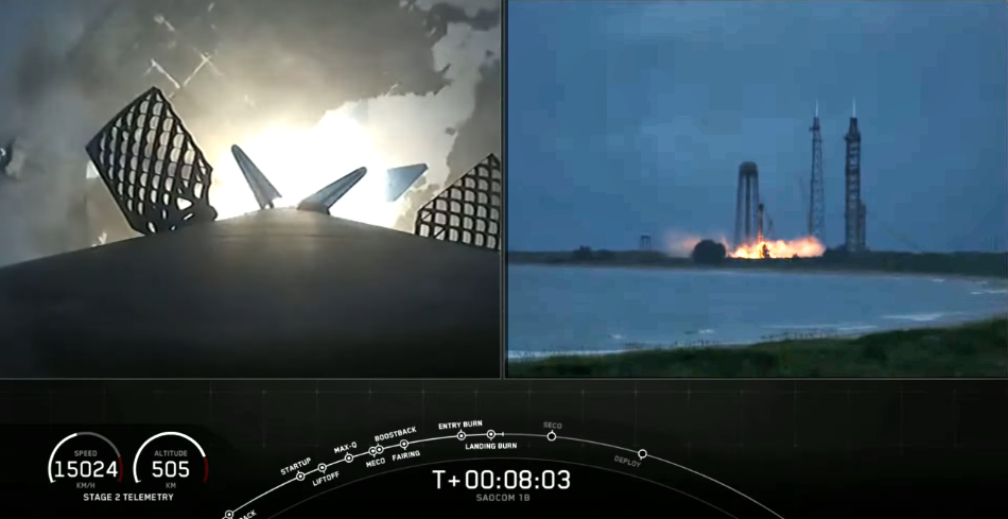
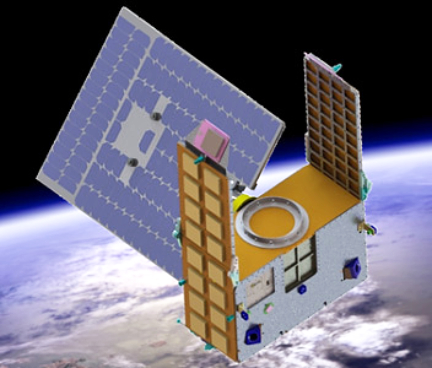
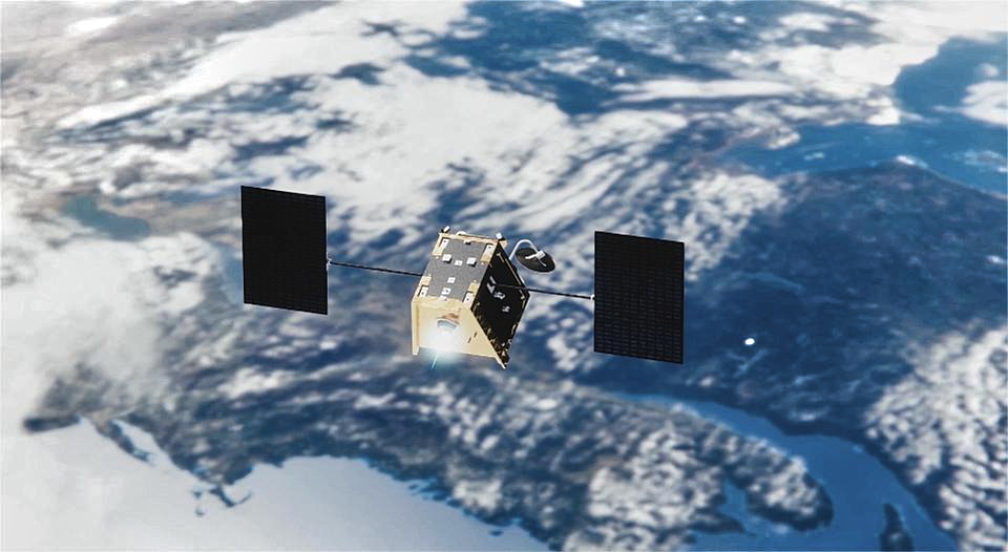 The
The 